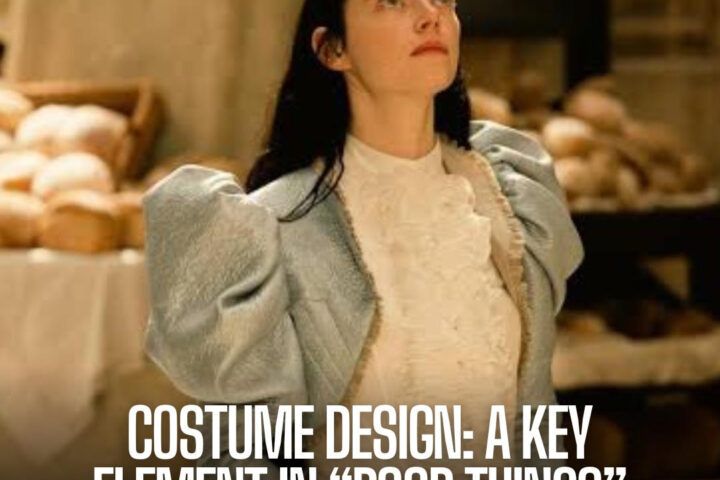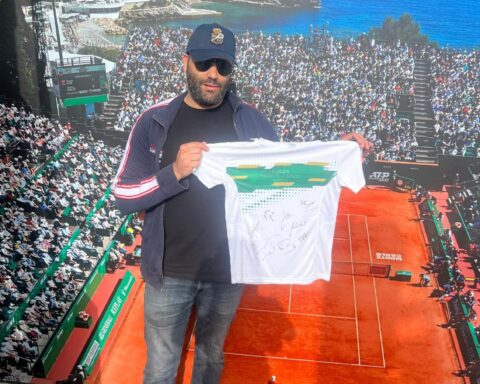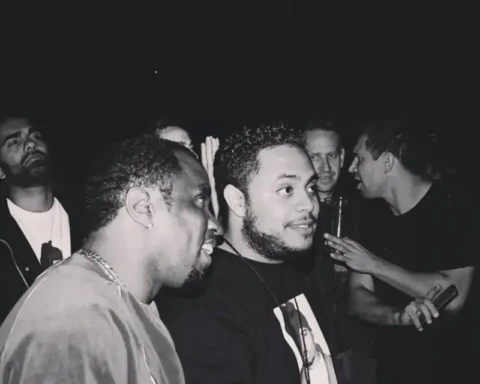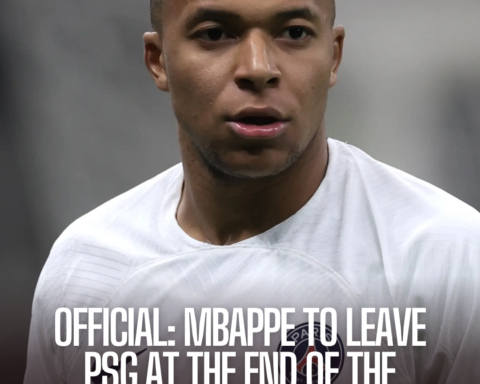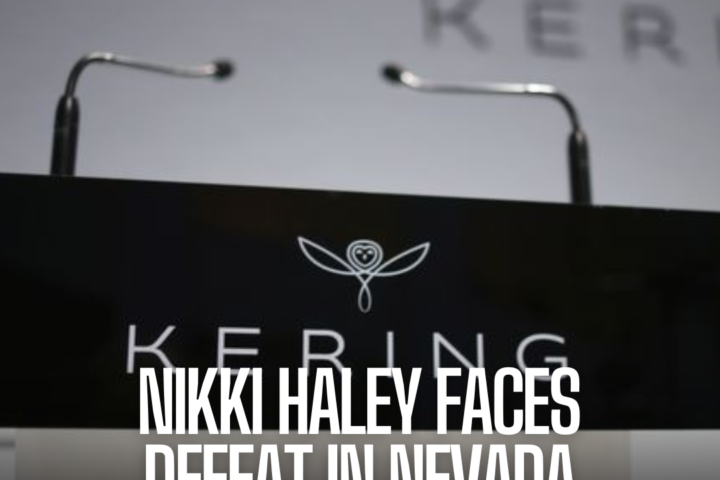Needlework is relishing a revival as a new generation taps into its potential – both for upcycling clothes and for making an empowering statement. Here’s our DIY manual for embroidering your own garments.
In the exhibition “Unravel: The Power and Politics of Textiles in Art” at London’s Barbican, artist LJ Roberts presents three textile artworks depicting queer parades and protests.
Part of Roberts’s series “Carry You With Me: Ten Years of Portraits,” these pieces are displayed between panes of glass, allowing visitors to view the intricate embroidery from both sides, including knots and incidental threads.
Roberts explains on their website that working in textiles reflects the resilience and flexibility often found in queer and trans communities, highlighting themes of kinship, persistence, and connection.
Evolution of Craft: From Tradition to Contemporary Art
The exhibition challenges outdated perceptions of textile work, moving beyond traditional notions of delicate embroidery by showcasing its contemporary political and artistic relevance.
Far from being confined to historical depictions of passive femininity, textile art is vibrant and dynamic, reflecting current social and political issues.
Also read: Chasing the eclipse: a skiing adventure in Maine
Fashion as a Medium for Change
The resurgence of interest in textiles extends beyond the art world to the fashion industry, where collaborations like Loewe’s with Kyoto-based ceramic studio Suna Fujita showcase the intersection of craftsmanship and environmental consciousness.
Through their delicate imagery, artists Shohei Fujita and Chisato Yamano envision a world where humans, animals, and nature coexist harmoniously.
Addressing Fashion’s Environmental Impact
The renewed interest in textile art also aligns with growing concerns about the fashion industry’s environmental and social impact.
From carbon emissions to labor rights, the industry faces scrutiny for its unsustainable practices. The rise of sustainable fashion activism emphasizes the need for creative solutions, such as upcycling and decorative embroidery, to promote reuse and reduce overconsumption.
Empowering Change through Creativity
By reimagining textiles as a medium for political expression and environmental activism, artists like LJ Roberts and collaborations like Loewe’s with Suna Fujita demonstrate the power of art to inspire change.
Through their work, they challenge conventional narratives and offer innovative solutions for a more sustainable and socially conscious future.


